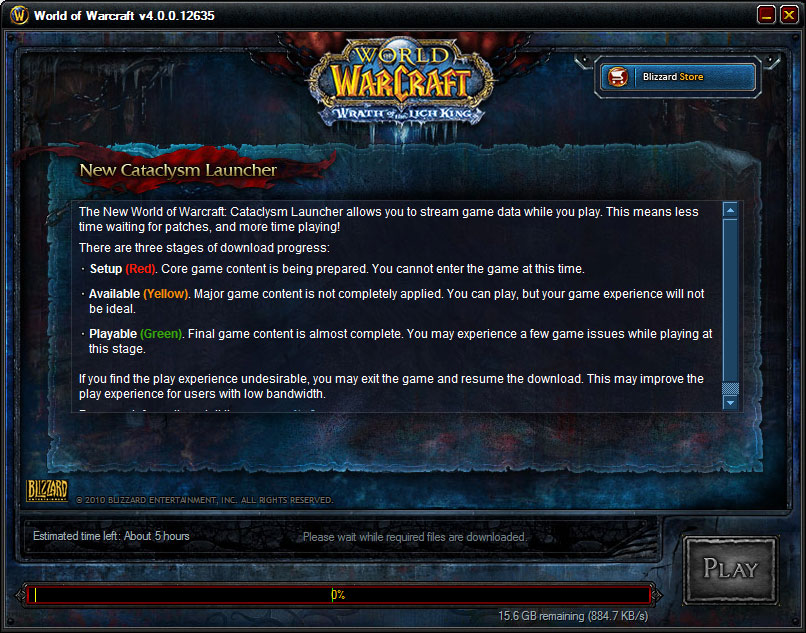

It will then route that request based on the rules previously configured when setting up the load balancer to a specified port on one of a pool of backend servers. What this means is that the load balancer routes traffic between clients and backend servers based on IP address and TCP port.įor example, an ELB at a given IP address receives a request from a client on TCP port 80 (HTTP). The AWS Classic Load Balancer (CLB) operates at Layer 4 of the OSI model.


The Classic ELB has a number of features available to help provide high availability, monitoring, and better security for your application stack. Want to dive deeper into the differences? See our detailed comparison of CLB and ALB below. Generally, the more load balancers you have, the better. With load balancers, the number you require depends on how much traffic you handle and how much uptime availability you want. This is known as a Single Point of Failure (SPOF). If you only have a single load balancer and it fails for any reason, then your whole system will fail. How many load balancers do I need?Īs a best practice, you want at least two load balancers in a clustered pair. The Classic Load Balancer supports EC2 Classic, whereas the Application Load Balancer does not. Which load balancers support EC2 Classic? For example, URLs tagged with /API extensions can be routed to the appropriate application resources, while traffic bound for /MOBILE can be directed to resources managing mobile access. Application load balancing identifies incoming traffic and directs it to the right resource type. This more closely resembles traditional load balancing, but virtual devices replace physical hardware to evenly distribute your incoming requests and ensure clean, fast user experience.Īpplication Load Balancing. So, what are the basic differences between Classic Load Balancer and Application Load Balancer?Ĭlassic Load Balancing.


 0 kommentar(er)
0 kommentar(er)
